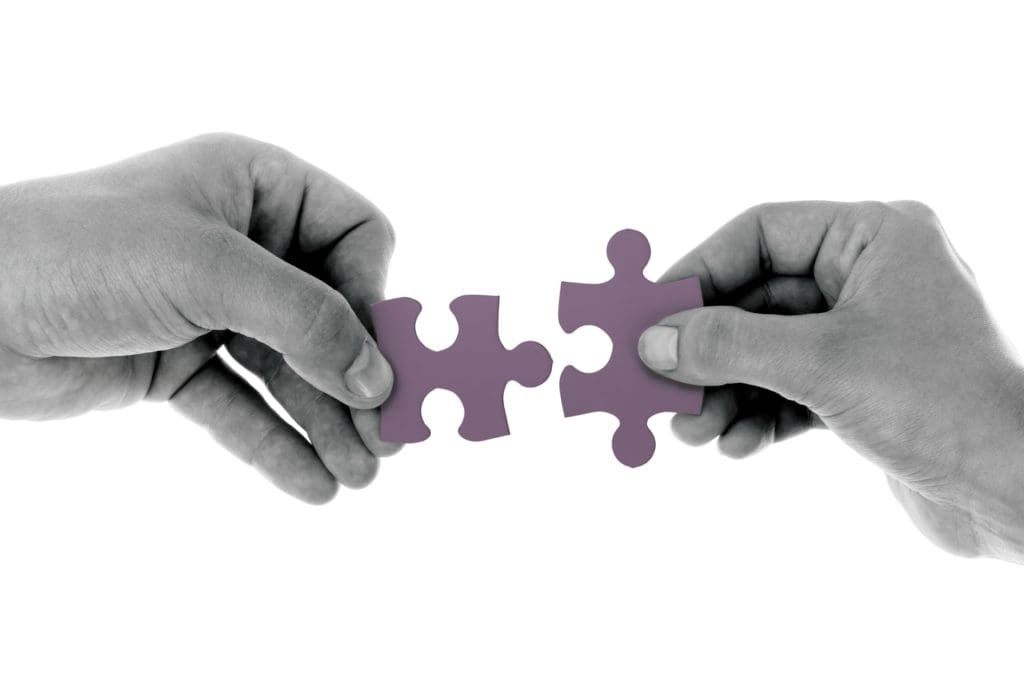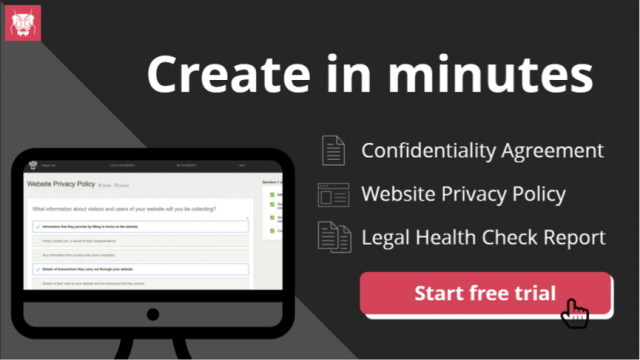Table of Contents

Mergers and acquisitions are part and parcel of the business world. However, as with all mergers and acquisitions, this can then have significant impact on internal processes.
While most of the responsibilities lies on the top management to ensure a smooth transition with the organizational changes, the HR department also has a key role to ensure that employees are kept up to date with the changes as well. So that the productivity of the employee is always at the top.
In addition to the human aspect of mergers and acquisitions, payroll can also have a major impact on how success a merger or acquisition will eventually turn out in the long run. The key here is to ensure that any changes in payroll should be in line with organisational changes. Here are some ways to execute payroll during a merger or acquisition without overlooking due diligence.
1. Assess the payroll situation
A merger or acquisition need not be a messy or complicated affair. Instead, understand how the payroll process is like for the organisations involved. There could be a chance that the organisations involved might be using the same payroll software. Additionally, with the advancement of payroll tools and cloud-based payroll software, merging employees’ data or payroll information together might not seem as nightmarish as before.
2. Have a payroll execution plan
Tasks will not be completed without a timeline in place. Ensure that there is a payroll execution plan, with specific deadlines and timeframe to achieve a certain task at each time. At the same time, ensure that everyone involved in the payroll execution or migration plan is aware of these timelines.
3. Have a payroll representative on the M&A team
The last thing you want is to surprise the organisations involved in terms of the management of payroll processes or number of payroll vendors. Having a payroll representative in the merger and acquisition team is a great way to ensure that the organisations involved are aware of the potential costs involved as well as the need to manage the expectations and contracts with these external vendors.
4. Back up every payroll data
Given that payroll data will be migrated and merged, it is imperative for every data to be backed up before integrating it with the involved organisations. Alternatively, organisations can engage external vendors to help with the data integration, to ensure that important and confidential payroll information is not lost.
5. Keep the employees informed
The last thing that organisations should do is to keep employees in the dark. After all, mergers and acquisitions are likely to impact employees the most and there are bound to be a lot of insecurities within the organisation. Help the management team to ensure a smooth transition by keep employees informed on successful milestones, regardless of whether they are minor or major ones. This can help to build confidence and trust within the employees at the same time.
Mergers and acquisitions are bound to create tension and certainty within the organisation. Additionally, with the integration of multiple processes ongoing at the same time, due diligence and compliance issues may be overlooked at certain times. Given that payroll is also a crucial part of the integration process, it is imperative to have a plan in place to ensure a smooth transition and contribute to the organisational growth in the long run.
Start managing your legal needs with Zegal today
–
This a guest post by RenQun Huang of Gpayroll. The views expressed here are of the author’s, and Zegal may not necessarily subscribe to them. You, too, are invited to share your point of view. Learn more about guest blogging for Zegal here.
About Gpayroll
![]() Gpayroll is an easy to use, self-run online payroll service that will redefine and revolutionize the payroll industry. Its intuitive and automated system will help business owners focus on their core business without the hassle of managing payroll.
Gpayroll is an easy to use, self-run online payroll service that will redefine and revolutionize the payroll industry. Its intuitive and automated system will help business owners focus on their core business without the hassle of managing payroll.






